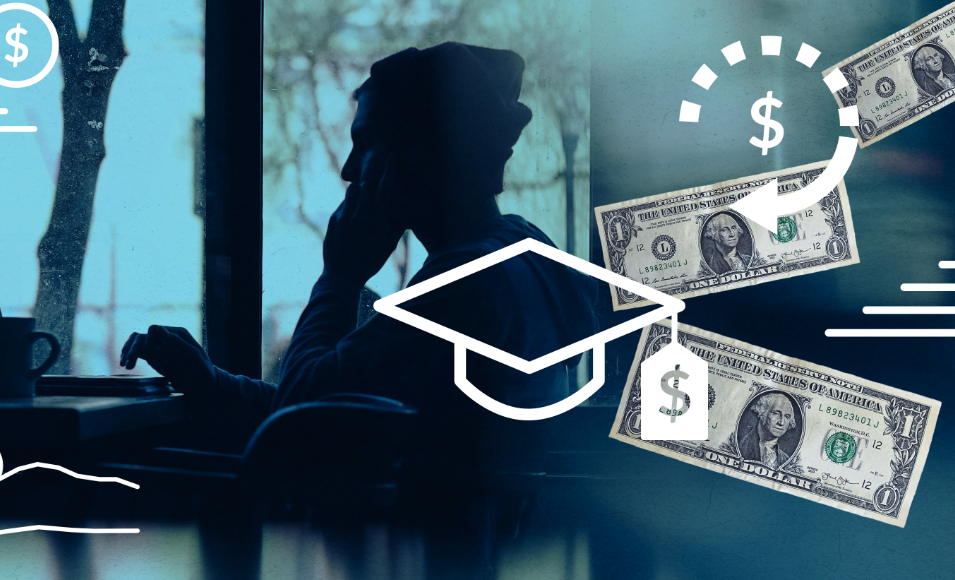As the temporary suspension of federal student loan payments comes to an end, borrowers are facing the prospect of resuming regular payments. This article serves as a comprehensive guide on how to prepare for this transition, offering practical tips and insights to help borrowers manage the shift effectively.
Understanding the Resumption Timeline: Begin by outlining the timeline for the resumption of student loan payments. Provide clarity on when borrowers can expect to start making payments again, ensuring they are aware of the deadline.
Reviewing Loan Details and Terms: Encourage borrowers to revisit the terms of their student loans. Remind them of the interest rates, repayment plans, and any unique features of their loans, enabling them to make informed decisions moving forward.
Assessing Financial Readiness: Guide borrowers in conducting a comprehensive financial assessment. This involves evaluating current income, expenses, and budgeting to ensure they are financially prepared to resume student loan payments without strain.
Exploring Repayment Plan Options: Remind borrowers of the various repayment plans available to them. Discuss the benefits and drawbacks of income-driven repayment plans, fixed repayment plans, and other options, helping them choose a plan that aligns with their financial situation.
Seeking Assistance for Financial Hardship: Acknowledge that some borrowers may still face financial challenges. Provide information on options available for those experiencing hardship, such as deferment, forbearance, or exploring income-driven repayment adjustments.
Updating Contact Information: Emphasize the importance of updating contact information with loan servicers. This ensures that borrowers receive timely communication regarding their loans and any changes that may impact their repayment.
Creating a Post-Pause Budget: Assist borrowers in creating a post-pause budget that accommodates student loan payments. Offer tips on adjusting spending habits and reallocating funds to make room for these financial obligations.
Taking Advantage of Resources: Highlight available resources, including online tools, financial counseling services, and educational materials. Encourage borrowers to leverage these resources to enhance their financial literacy and better navigate the complexities of student loan repayment.
Preparing for Changes in Auto-Debit Arrangements: If borrowers had auto-debit arrangements before the payment suspension, remind them to check and update these settings as needed. Ensure that they are aware of the upcoming automatic deductions from their bank accounts.
Anticipating Possible Legislative Changes: Inform borrowers about any potential legislative changes that may impact student loans. This includes updates on loan forgiveness programs, interest rate adjustments, or other policy shifts that could affect their repayment.
Preparing to restart student loan payments requires a thoughtful and proactive approach. By following the steps outlined in this guide, borrowers can navigate the transition smoothly, ensuring financial stability and setting the stage for successful student loan repayment.


